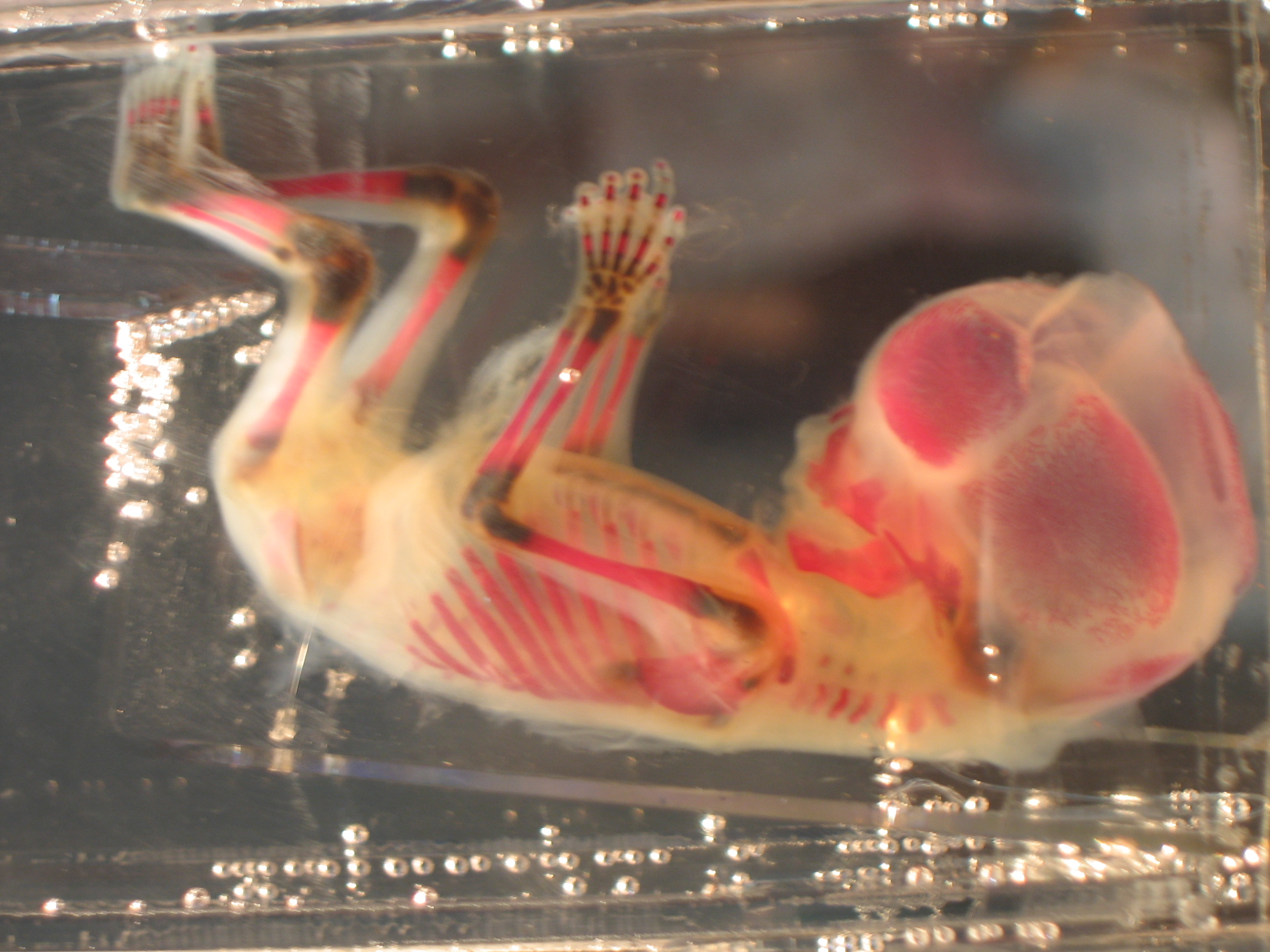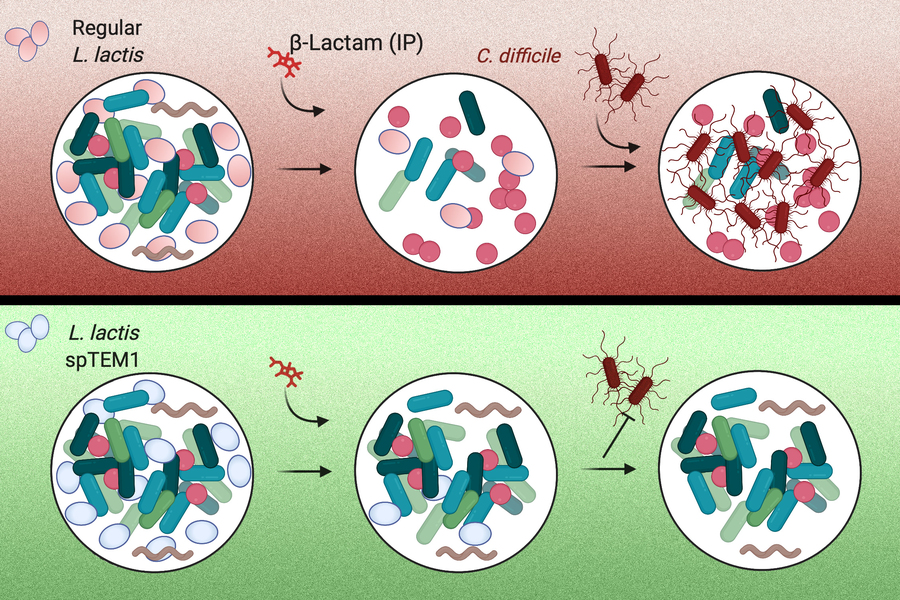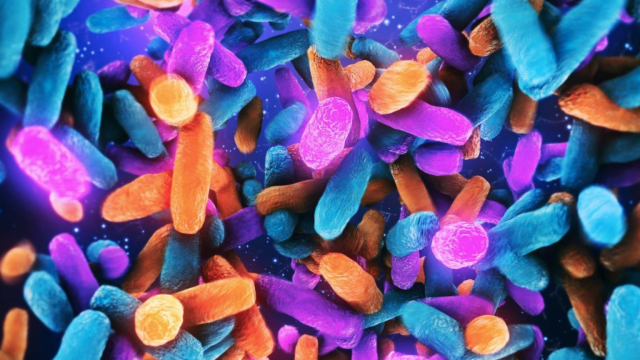Synthetic biology has the power to cure — and kill. How will we use it?

- Synthetic biology refers to the ability to manipulate organisms like interchangeable Lego pieces. What was once science fiction is now reality.
- Synthetic biology is incredibly potent. It has the potential to heal but also the power to destroy.
- The question is whether it will usher in a new era for humanity or end up as another example of a promising technology that is used to inflict harm.
The prospect of creating life in the laboratory is as fascinating as it is terrifying. Will we really be able to modify the genetic code of a living creature to mold it to our design? Will we be able to assemble different bits of living creatures to create a new one?
The game of life
A few years back, J. Craig Venter announced the creation of a living, self-reproducing bacterial cell with a DNA sequence produced in the laboratory. According to Laurie Garrett’s 2013 article for Foreign Affairs about this experiment, the creature “moved, ate, breathed, and replicated itself.” Garrett quotes from an older interview with Venter from 2009: “There’s not a single aspect of human life that doesn’t have the potential to be totally transformed by these technologies in the future.”
These technologies refer to the world of synthetic biology, the ability to construct living creatures from the assembly of different parts in a sort of “Lego world” of the living. Playing the game of life is no longer the stuff of sci-fi stories. If you need further proof, I refer you to the Big Think video featuring Nobel Prize-winner Jennifer Doudna (as well as a recent interview), exploring the universe of CRISPR technology — the good and the bad of it. Also, check out the excellent Netflix documentary series Unnatural Selection.
The question, as this technology evolves, becomes one of regulation and control. As Richard Lewontin asked in his essay on synthetic biology for The New York Review of Books, “In cases where there is a conflict between the immediate and the long-range consequences or between the public and private good, how can that conflict be resolved?”
The difference between the gothic speculations of Mary Shelley’s Frankenstein and today’s reality is twofold: First, we are building these creatures — fiction is now real. Second, money plays a huge role in it. There is great financial gain in genetic engineering, an industry that according to estimates offered by Drew Endy from Stanford University’s bioengineering department, contributes two percent of the U.S. economy — and is growing at a pace of 12 percent each year.
How can we control synthetic biology?
The problem, as Lewontin reminds us, is that we often cannot rely on those who pursue invention for profit or for military interests to have the public’s best interest in mind. So, as we create new lifeforms for different purposes, who will control them? The stockholders of biotech companies? The government? How will we reach a consensus on such a divisive topic that has clear global reach?
The stakes are so high, and discussion must be brought into the open. There are great possibilities and great dangers. There is money to be made and cures to be found. There are horrible weapons and potential environmental chaos, too. The biosphere is a complex network of unpredictable interactions and responses that affect us and every other voiceless creature on this planet. Collectively as the human species, we must have some control over where all this is going. But how?
The opinions of scientists matter, of course. Corporate accountability and manufacturer liability are certainly reasonable. And there also should be democratic participation and transparency. We are all stakeholders in this debate.
Better food, but deadlier bioweapons
All sorts of questions come into the open, questions that we should already be thinking about very seriously. Years have passed since this started, and there hasn’t been much progress on addressing those questions. Synthetic creations such as genetically modified organisms (GMOs) are widely available, and a growing number of people are eating them. As far as science is concerned, there is no reason for us not to. (It is telling that so much conflict goes into the commercial labeling of such products, so that people actually know what they are consuming.)
How could we enforce the full public participation? How can we guarantee that different sectors of the population in this and other countries know enough about the various issues to reach a well-informed opinion? Some of the issues involved are extremely technical, and even the experts disagree on the details, as is the case with most cutting-edge research. How can we guarantee that government legislators are free of party bias or lobbying influences as they decide how to rule on the matter? Will the health and social benefits from the technology outpace its potential dangers?
Governments will face internal conflict, as they need to protect their citizens, defending them from any enemy that might use synthetic bioweapons. They may, of course, manufacture the weapons as well, perhaps mirroring the nuclear détente policy of Mutually Assured Destruction: If you attack me, I attack you, and we both die. Very safe policy indeed, and very morally advanced.
If such technologies are used in wars or terrorist attacks, how efficiently will we be able to isolate from them? Judging from the responses to the COVID pandemic, government efficiency leaves much to be desired. Unless you plant your own organic garden and live in some sort of ecologically insulated bubble, synthetic biology will be knocking at your door. The question, then, is whether it will usher in a new era for humanity, or end up as the latest example of a promising technology that is used to inflict pain and destruction. Such technologies have emerged from physics (nuclear bombs) and from chemistry (poison gas). Now that it’s biology’s turn, hopefully our past experiences have made us wiser. Hopefully we know better, now.





